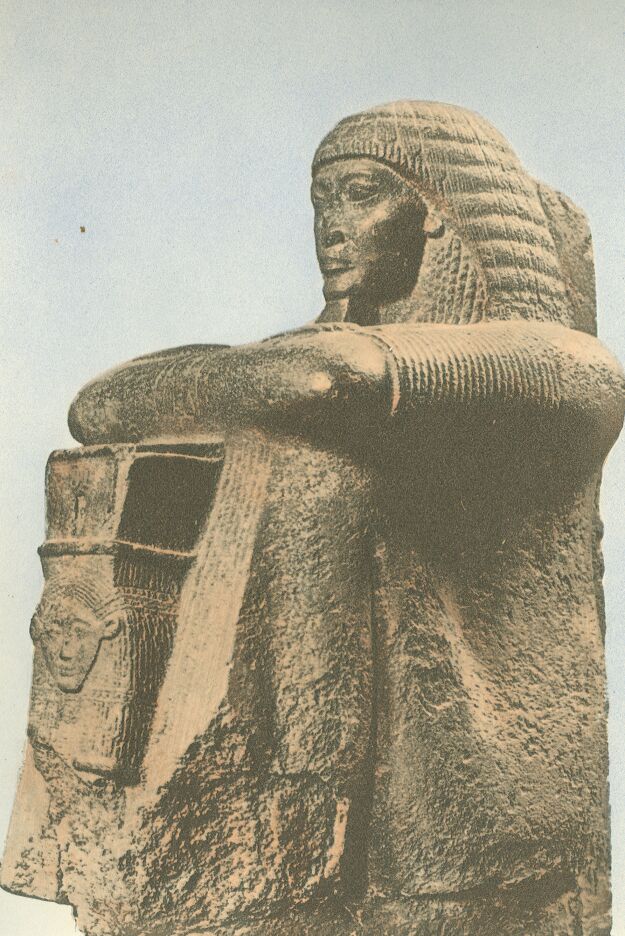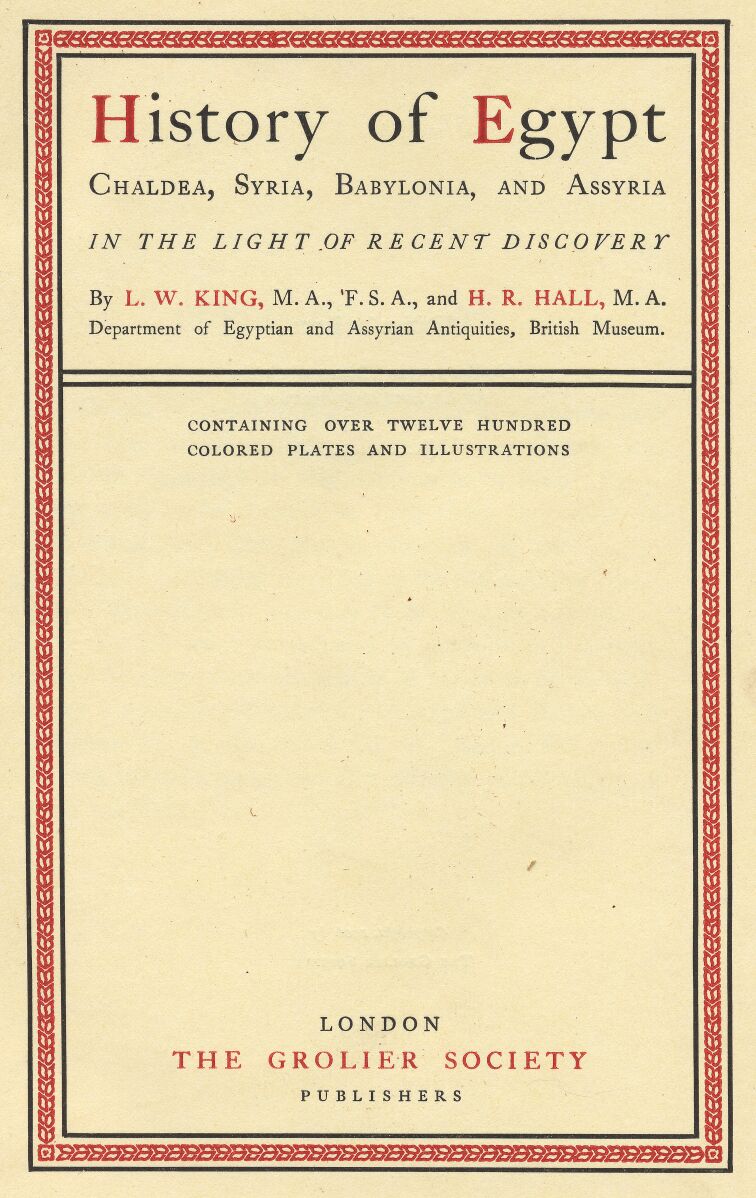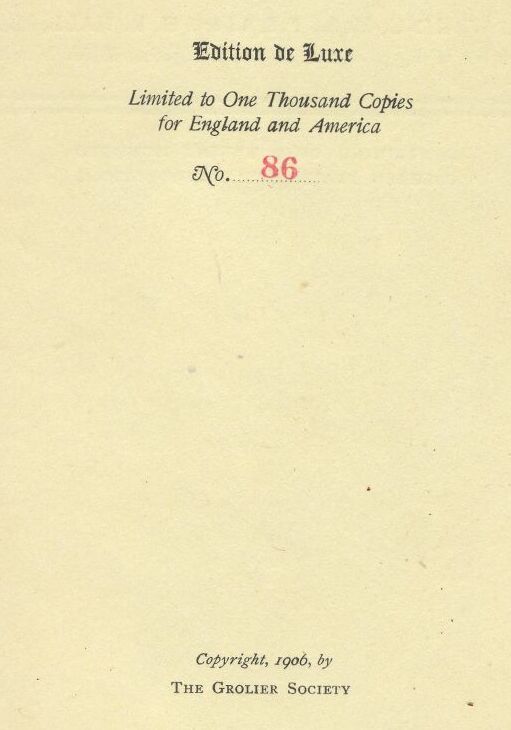
| Part A. | Part B. | Part C. | Part D. |


Department of Egyptian and Assyrian Antiquities, British Museum
Containing over 1200 colored plates and illustrations.
Copyright 1906




| Stele of Vultures | In Context | Quick Image |
| Stele of Victory | In Context | Quick Image |
| Statue of Queen Teta-shera | In Context | Quick Image |
| Wall Painting | In Context | Quick Image |
It should be noted that many of the monuments and sites of excavations in Egypt, Mesopotamia, Persia, and Kurdistan described in this volume have been visited by the authors in connection with their own work in those countries. The greater number of the photographs here published were taken by the authors themselves. Their thanks are due to M. Ernest Leroux, of Paris, for his kind permission to reproduce a certain number of plates from the works of M. de Morgan, illustrating his recent discoveries in Egypt and Persia, and to Messrs. W. A. Mansell & Co., of London, for kindly allowing them to make use of a number of photographs issued by them.
The present volume contains an account of the most important additions which have been made to our knowledge of the ancient history of Egypt and Western Asia during the few years which have elapsed since the publication of Prof. Maspero's Histoire Ancienne des Peuples de l'Orient Classique, and includes short descriptions of the excavations from which these results have been obtained. It is in no sense a connected and continuous history of these countries, for that has already been written by Prof. Maspero, but is rather intended as an appendix or addendum to his work, briefly recapitulating and describing the discoveries made since its appearance. On this account we have followed a geographical rather than a chronological system of arrangement, but at the same time the attempt has been made to suggest to the mind of the reader the historical sequence of events.
At no period have excavations been pursued with more energy and activity, both in Egypt and Western Asia, than at the present time, and every season's work obliges us to modify former theories, and extends our knowledge of periods of history which even ten years ago were unknown to the historian. For instance, a whole chapter has been added to Egyptian history by the discovery of the Neolithic culture of the primitive Egyptians, while the recent excavations at Susa are revealing a hitherto totally unsuspected epoch of proto-Elamite civilization. Further than this, we have discovered the relics of the oldest historical kings of Egypt, and we are now enabled to reconstitute from material as yet unpublished the inter-relations of the early dynasties of Babylon. Important discoveries have also been made with regard to isolated points in the later historical periods. We have therefore attempted to include the most important of these in our survey of recent excavations and their results. We would again remind the reader that Prof. Maspero's great work must be consulted for the complete history of the period, the present volume being, not a connected history of Egypt and Western Asia, but a description and discussion of the manner in which recent discovery and research have added to and modified our conceptions of ancient Egyptian and Mesopotamian civilization.
| Part A. | Part B. | Part C. | Part D. |